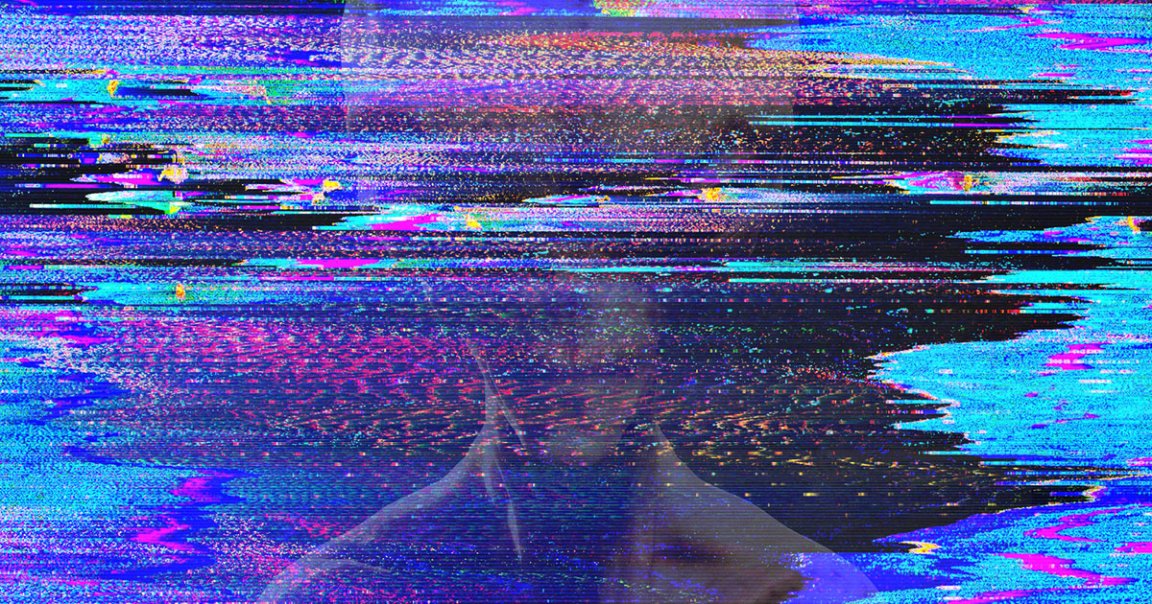
Is Anyone There?
A team of scientists at the SETI (Search for Extraterrestrial Intelligence) Institute have put together a simulated alien signal to transmit from a spacecraft currently orbiting Mars back to Earth — to see if we have the ability to decode it.
Scientists have long pondered why aliens — if they even exist — haven’t reached out to us yet. In fact, there’s always a chance they have already tried, but we simply didn’t know how to interpret their signals.
The SETI Institute’s new project, dubbed A Sign in Space, will challenge scientists from around the globe to come up with novel ways to make sense of these signals, potentially giving us a leg up in case aliens were to ever try to really get in touch with us.
“Receiving a message from an extraterrestrial civilization would be a profoundly transformational experience for all humankind,” said Daniela de Paulis, the visionary artist behind the project, in a statement. “A Sign in Space offers the unprecedented opportunity to tangibly rehearse and prepare for this scenario through global collaboration, fostering an open-ended search for meaning across all cultures and disciplines.”
The de Paulis Code
The European Space Agency’s ExoMars Trace Gas Orbiter (TGO) will blast the message, which was encoded by de Paulis and her team, toward Earth on Wednesday.
Three radio astronomy observatories, including SETI Institute’s Allen Telescope Array (ATA) in California, will detect the message 16 minutes later, and make the data available to the public, thereby signaling the start of the project.
The project has its own Discord server and a series of Zoom-based discussions will allow scientists as well as members of the public from around the world to chime in.
In short, it’s a unique and creative project that provides a refreshing new take on our quest to figure out if we’re alone in the universe or not.
“This experiment is an opportunity for the world to learn how the SETI community, in all its diversity, will work together to receive, process, analyze, and understand the meaning of a potential extraterrestrial signal,” said ATA project scientist Wael Farah, in the statement.
“More than astronomy, communicating with ET will require a breadth of knowledge,” Farah added.
More on SETI: Scientists Worried Humankind Will Descend Into Chaos If We Ever Discover an Alien Signal